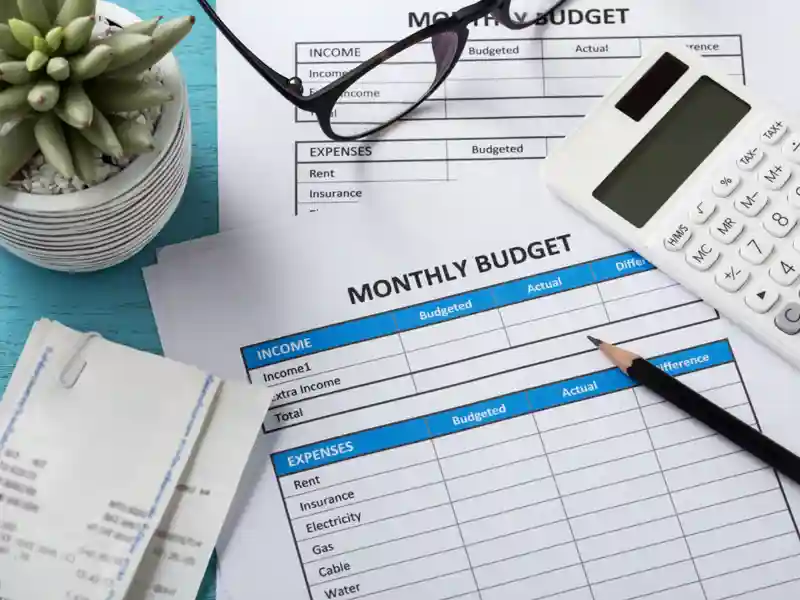
Whether you’re buying your first home, heading to graduate school, building an emergency fund or taking that island cruise you’ve always dreamed about, you have clear goals in mind. But achieving them? That can be fuzzy unless you have a system that helps you make good financial choices and tracks your progress. If this sounds like a lot of work, fear not — there’s a system out there to suit every type of saver and help make your financial dreams a reality.
The Traditionalist
If you want to keep things really simple and prefer a physical, visual system, consider the envelope method. This tried-and-true approach — which recently surged back into the spotlight as “cash stuffing” on social media — keeps your savings out in the open, and it can go a long way toward preventing overspending. Pre-label envelopes with the main categories of things you spend on — groceries, gas, entertainment, etc. — and designate one for savings and any other financial goals. Each payday, put physical dollars in your envelopes based on your budget for each category. When your spending envelopes are empty, you’ve reached your limit for the month. And when your savings goal envelope contains your target amount — take a victory lap!
The Book Lover
If you love the feel of a pen on paper, then indulge yourself with a budgeting notebook. Use a blank journal to keep your own records, or invest in a premade budget tracker. Studies show the act of writing things down on paper can aid retention, so a budget journal can help keep your financials front and center while making you more mindful of your monthly spending.
The Techie Tracker
You know there’s an app for that! Convenient and efficient, budgeting apps allow for real-time tracking that syncs with your financial institution. You can receive notifications when you’re off track, access information across multiple devices, automatically generate reports to see where your money is going, set goals and receive updates on savings progress.
The Spreadsheet Superhero
You’ve got a goal and you want to tailor a system to meet your exact needs: Excel or Google Sheets can be powerful budgeting tools that you can customize just the way you want them. It’s not quite as straightforward as a dedicated budgeting app, but you can create formulas to automatically calculate totals, percentages and other financial metrics. Or create visualizations like charts and graphs that can show overall progress toward your goal. If you already own or have access to the spreadsheet software, there’s no additional cost (unlike some apps).
The Free Spirit
If you just want to set it and forget it, you’ll need an automated savings tool. Usually set up through payroll deductions or your bank, you can designate money to automatically move into a dedicated savings account and/or 401(k) every payday. If you need help enrolling in your company-sponsored retirement account, contact your human resources department or benefits manager.
Find the Right Tool for You
Assess your personal preferences and habits, consider your individual financial goals and lifestyle and choose the method that works best for you and helps you stay on track. You can even combine methods, like using an app that also tracks the amount you’ve stashed away with your automated savings tool. No matter what your savings personality is, there’s a method for keeping your big dreams front and center in your budget all year long.
Source